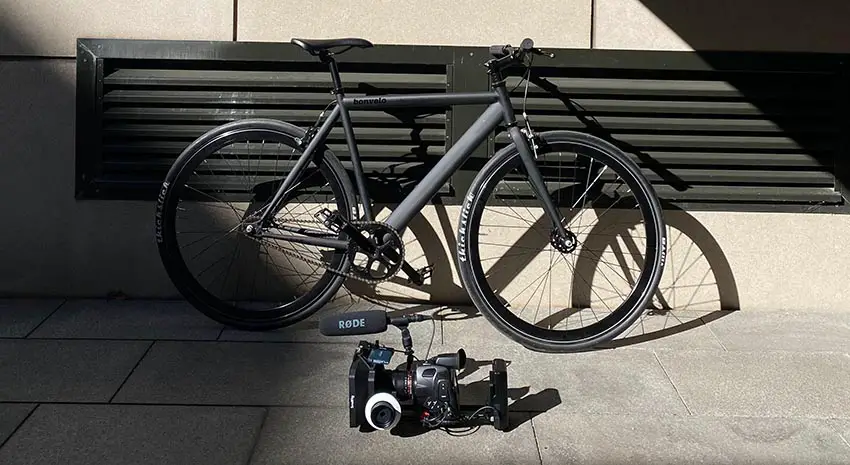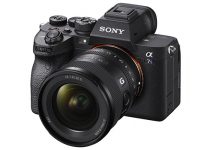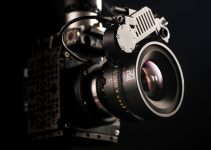Gear is nice and fun, but technique is what will make your break your project. As you learn more and more about what you need to do to make a video you will pick up some new tricks. You will also make some mistakes. Getting to know some of these mistakes and how to do things a touch better can go a long way.
If you want to learn some tips and tricks you may not have heard before you should check out this video by filmmaker Sean Kitching. It’s fun and informative and might just help you out as you prepare for your next project.
1. The 70-30 Rule
This is a lesser-known rule called the 70-30 rule which will help you with placing a camera for a second shot. When you have a scene and are shooting a subject you will want to make a notable change to make sure that the cuts are smooth. If the shot is too similar it will give a jump cut effect.
To make a big enough change you should change the angle of the shot by at least 70 degrees and/or change the focal length by 30mm. It’s nice to keep in the back of your mind.
2. Don’t Always Shoot Wide Open
One common mistake new shooters make is using that fancy fact glass always wide open to get maximum bokeh. Filmmakers need to treat depth of field as a tool and not just rely on shallow focus to make things look “nice.” A little more depth of field or sharpness from stopping down can make a shot look so much better. This can help get more of a person’s face in focus at once or for things like landscapes.

Image Credit: Blackmagic Design
3. Not Having a Plan
Storyboarding or even just making a basic shot list or rundown is incredibly useful in making sure you get what you need to make a complete video. Having a script or even just bullet points that make sure you get the absolutely necessary shots will go a long way when you sit down to edit.
4. You Don’t Always Have to Shoot All Your Own B Roll
B roll is an essential part of nearly any video project. It helps break up your project and gives some context to what is happening in the scene. You don’t have to do all of it yourself though. While some things absolutely should be shot alongside the A roll using a stock footage website to get some extra clips is a great way to save time and energy.
5. Careful What Time You Shoot
Similar to the don’t always shoot wide open tip, you shouldn’t only shoot during golden hour. Different locations have different properties at different times of day. Sometimes the way the sun and shadows play together could be better at non-conventional times of day.
With your close locations it makes sense to try out different times to see how things change. And, if you only have a short amount of time at a new place you should still try getting some different shots even if it isn’t when you would normally plan on shooting.
Do you have any common mistakes or solutions to share?
[source: Sean Kitching]
Disclaimer: As an Amazon Associate partner and participant in B&H and Adorama Affiliate programmes, we earn a small comission from each purchase made through the affiliate links listed above at no additional cost to you.



